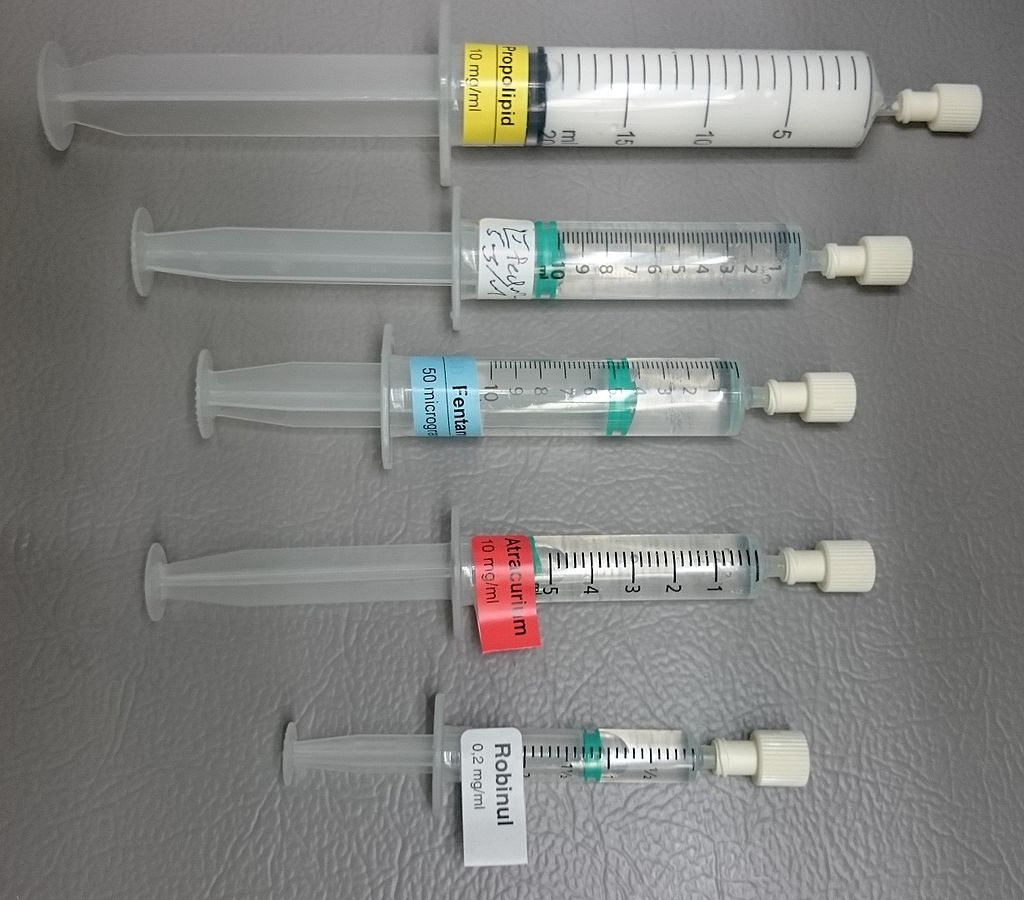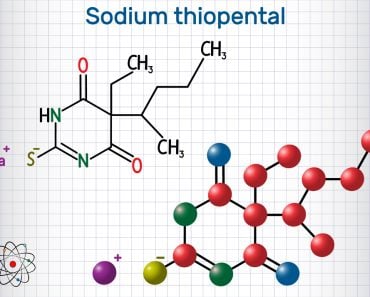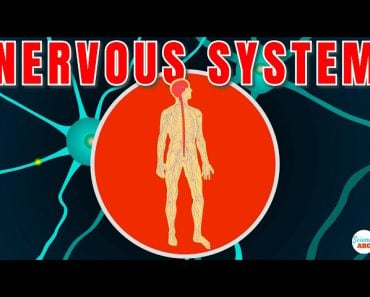Table of Contents (click to expand)
Anesthesia is a state of temporary unconsciousness induced by artificially-introduced drugs. These drugs work by numbing the body to pain and preventing sensory neurons from sending pain signals to the brain. There are two main types of anesthesia: local and general. Local anesthesia numbs a specific part of the body while the patient remains awake. General anesthesia numbs the entire body and causes the patient to lose all sensation and awareness.
Sit in on any doctor-patient conversation before a surgery, and you will almost certainly hear the word ‘anesthesia’ quite a bit. Also, if you’ve ever been operated on, they you already know about its effects on the body. The numbness it induces in the body is what makes it one of the most critical pre-requisites of any surgical procedure.
Now, let’s take a look at what anesthesia really is and how it achieves its task within the body.
Recommended Video for you:
What Is Anesthesia?

Anesthesia (also spelled ‘anaesthesia’) is an artificially-induced temporary state where a subject does not feel pain, cannot form memories, experiences muscle relaxation and basically slips into an unconscious state. Someone under the influence of anesthetic drugs is said to be anesthetized. Quite predictably, anesthetic drugs are mostly used before medical operations where the patient has to undergo a surgical procedure, so the patient is spared the pain and discomfort of the entire procedure.
Types Of Anesthesia
Anesthesia can be classified into two broad categories:
Local And Regional Anesthesia

Local and regional anesthesia involves using an anesthetic that acts on a specific part of the body and desensitizes it to pain (usually). Local anesthetics (for example, a cream or an injection) simply numb the ‘target’ region of the body without influencing the consciousness of the patient, which means that the patient will remain awake, but will be impervious to sensations in the affected region.
What local anesthetics do is provide a temporary blockade of nerve transmission, which means that they prevent sensory neurons from sending pain signals to the brain. Under normal conditions, any sensation in a body part (including, but not limited to, pain signals) is transmitted to the brain through the movement of sodium ions down a carefully maintained electrochemical gradient. However, the application of an anesthetic on the affected part keeps the sodium ions from traveling through the membrane, so the brain is unaware of what’s going on at the affected site. This, for the sake of carrying out medical procedures, is a good thing, even if the numbness hangs around for a bit after the operation.

People often mistakenly use the terms local anesthesia and regional anesthesia interchangeably, but they do differ from each other. The former affects a very small portion of the body, like a tooth or a small area of the skin, whereas regional anesthesia numbs a larger part, like an entire arm or leg.

Cocaine is a very good example of a regional anesthetic and was first used back in 1859 by Kart Koller, an Austrian ophthalmologist (Source), but cocaine has now been replaced by more effective local anesthetics. There’s also ‘conduction anesthesia’, which involves a variety of both regional and local anesthetic techniques.
General Anesthesia
This form of anesthesia impacts the entire central nervous system of a subject by temporarily inducing a number of effects, including complete muscle relaxation, amnesia, analgesia, paralysis of the skeletal muscles (in some cases) and unconsciousness. In short, the patient loses all sensation and awareness of their surroundings, but their most important physiological functions (like breathing) are unaffected. Quite predictably, doctors use this medical technique on patients while performing surgical operations that would be intolerably painful otherwise, so they require a temporary ‘slow-down’ of the nervous system.
The most commonly used general anesthetic agents are usually a mixture of gases that can be inhaled by the patient (inhalational anesthetics). Diethyl ether, which was used as a recreational drug in centuries past, was the first common general anesthetic to be used in the 1850s.

Chloroform was also used as an anesthetic to induce unconsciousness before medical procedures in the 19th century. However, these agents were gradually replaced by more reliable and effective inhalants, such as nitrous oxide (aka laughing gas) and various derivatives of ether, including sevoflurane, isoflurane, and desflurane.
Inhalational anesthesia is usually accompanied by intravenous anesthesia, which involves introducing intravenous agents like opioids (e.g., fentanyl) and sedatives (e.g., propofol) to reduce pain and induce unconsciousness, respectively.

A rather interesting thing about general anesthetics is that, despite their use for more than 150 years, we still don’t completely know about their mechanism of action, i.e. how they numb the entire nervous system so effectively. The most widely-accepted hypotheses claim that since their primary site of action is the central nervous system, general anesthetics tamper with nerve transmission, especially at the synapses – the junctions of nerve cells where neurotransmitters are released to cause action in a particular body part.
For a more visual representation of anesthesia and how it works, check out this Ted-Ed video, which beautifully explains the science of anesthesia:
The work of an anesthesiologist is very critical to any medical operation, and requires the utmost care and attention on their part. It also requires a lot more calculation than simply handing the patient a bottle of booze to numb the pain, as was actually done prior to the invention of anesthetics.













